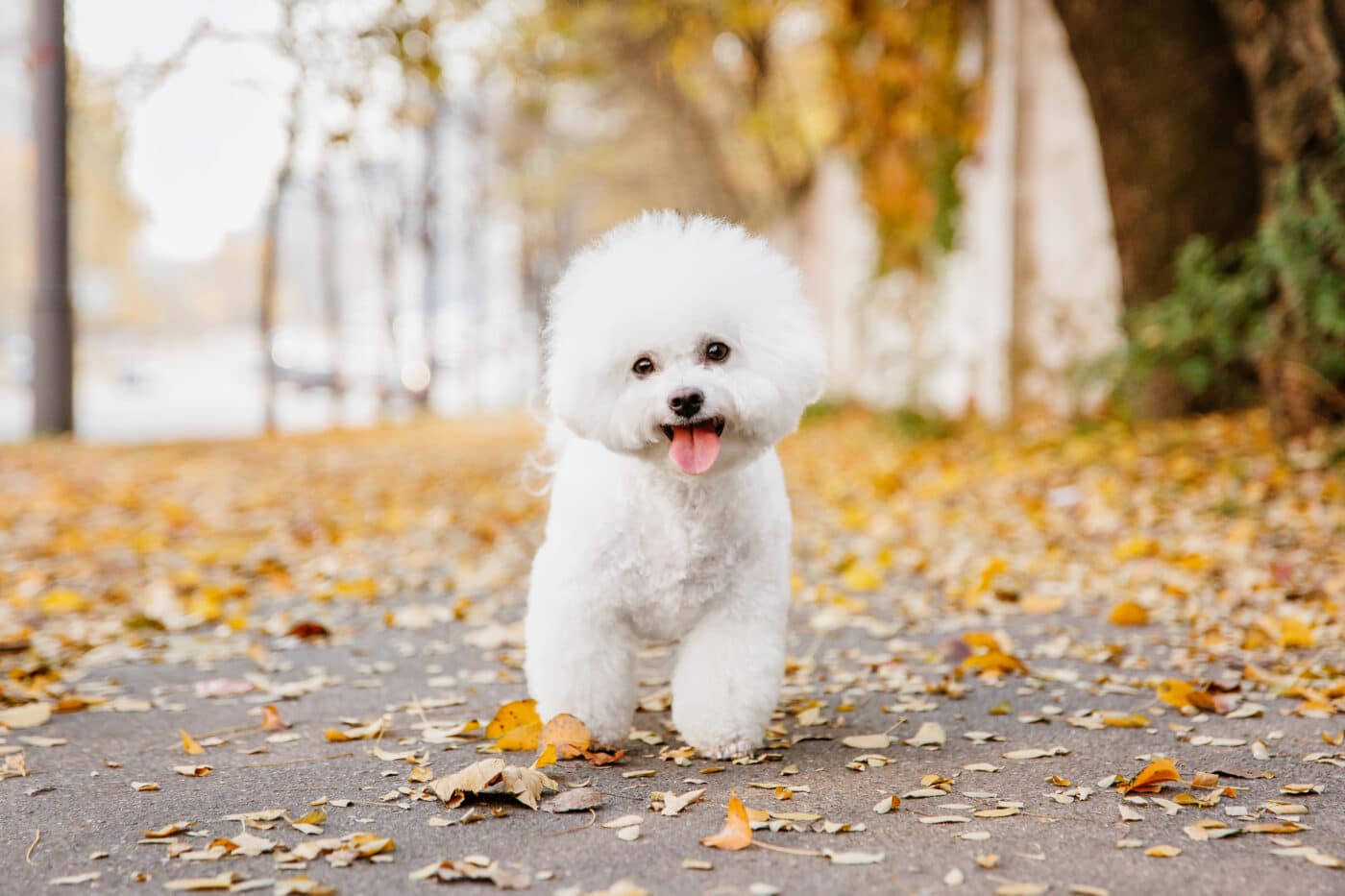 Shutterstock
Shutterstock
They might be lounging on velvet cushions, wearing tiny sweaters, or throwing dramatic side-eyes from the passenger seat of a luxury SUV—but some of the fluffiest, tiniest, and sassiest dog breeds on Earth once had real jobs. That’s right—before they became professional lap warmers, social media influencers, or drama queens with tails, these breeds were clocking in, getting dirty, and earning their kibble. These pups were once the blue-collar heroes of the dog world. These surprisingly hardworking breeds once had résumés packed with grit, and maybe even a little danger.
Pomeranian
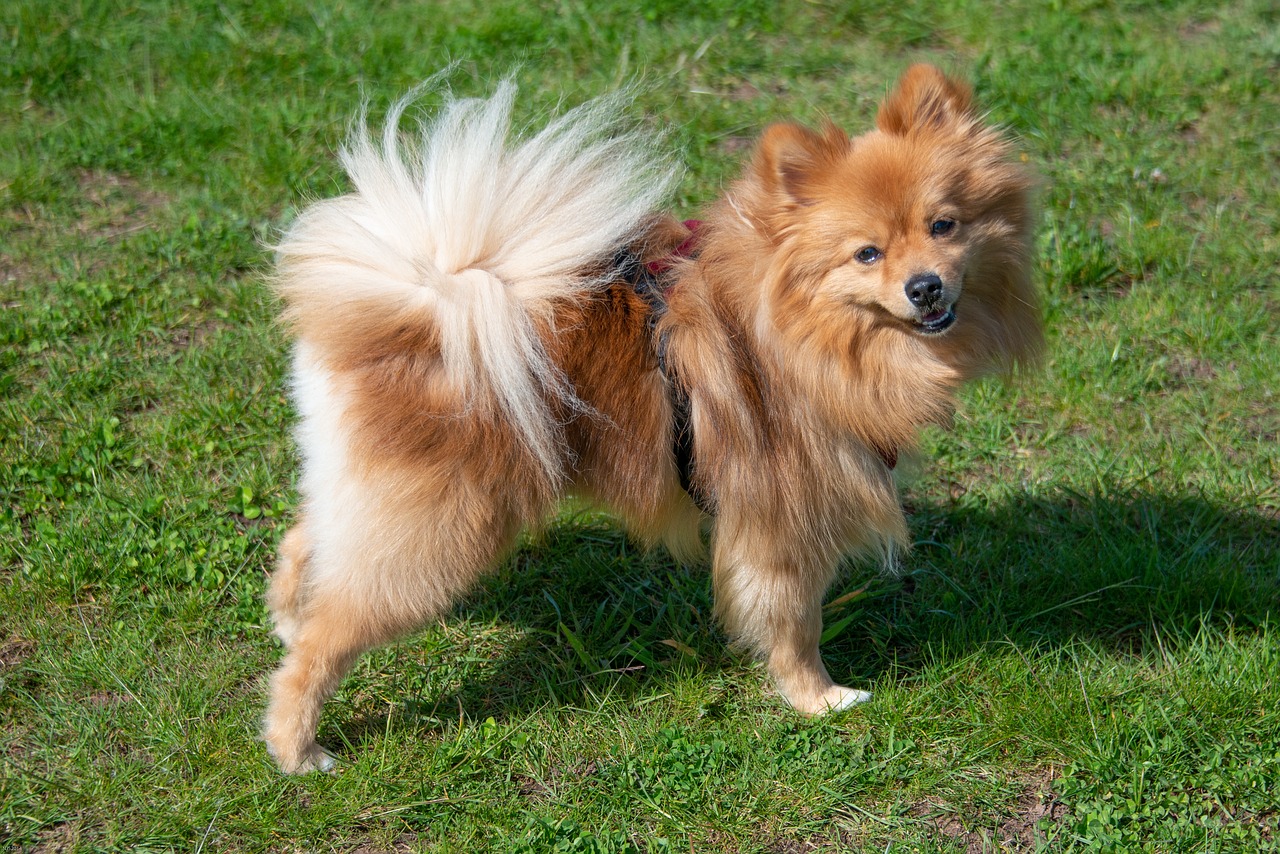 Shutterstock
Shutterstock
Believe it or not, the floofy little Pomeranian was once about five times larger and used for pulling sleds in the Arctic. These pint-sized divas come from tough Nordic ancestors who braved snow and ice to help haul goods across frozen terrain. Over time, breeders shrank them down into lap-sized companions—but their bold, fearless attitude stuck around. That’s why your Pom still barks like it’s trying to intimidate a polar bear. Under all that fluff is a retired snow beast with opinions.
Shih Tzu
 Shutterstock
Shutterstock
You probably picture Shih Tzus being hand-fed peeled grapes by emperors—and you wouldn’t be entirely wrong—but before they were royal lapdogs in ancient China, they served as alert watchdogs inside palaces and monasteries. Their keen senses and surprisingly loud bark made them perfect for sounding the alarm when someone came too close to the royal chambers. Sure, they’ve traded their palace post for plush pillows, but the watchdog instinct remains strong. They’ll still announce every squirrel, Amazon package, and change in air pressure like it’s a national emergency.
Yorkshire Terrier
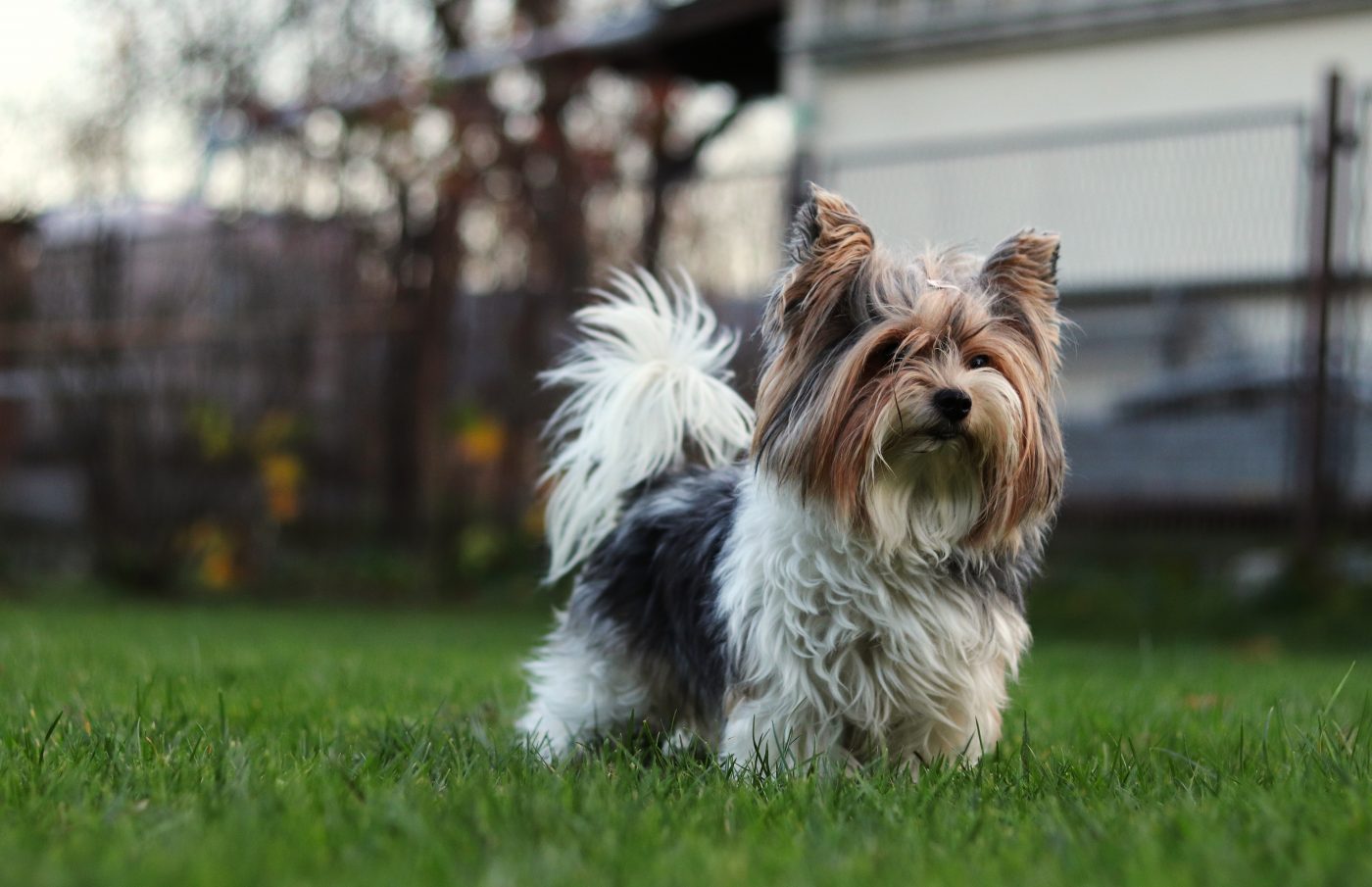 Shutterstock
Shutterstock
This glam little pup was originally a gritty little worker in 19th-century England, hunting rats in textile mills and coal mines. Yorkies were bred for their tenacity, compact size, and fearless spirit—qualities that made them perfect vermin assassins in tight spaces. The long, silky coat came later as they transitioned from factory to fancy. Don’t let the bows and bling fool you—deep down, your Yorkie’s ready to throw down with anything smaller than a toaster.
Lhasa Apso
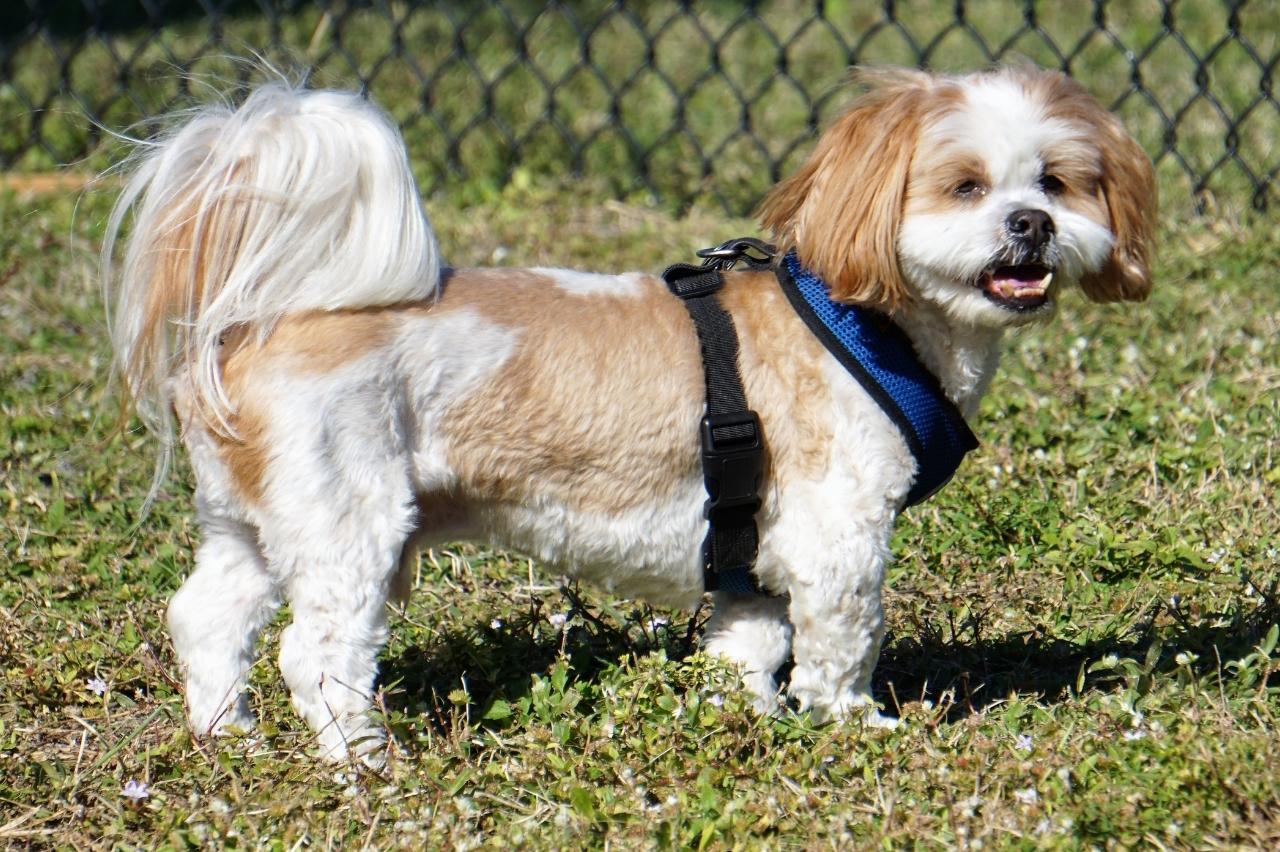 Shutterstock
Shutterstock
These adorable floor-mop lookalikes were once the first line of defense for Tibetan monasteries. Lhasa Apsos acted as indoor watchdogs, alerting the much larger Tibetan Mastiffs to any approaching threats. Their luxurious locks may look purely ornamental now, but back then, those coats helped protect them from the harsh Himalayan chill. They took their jobs seriously—and probably judged intruders with a side-eye so strong it echoed through the mountains. They may nap now, but they’re still judging from the couch.
Pekingese
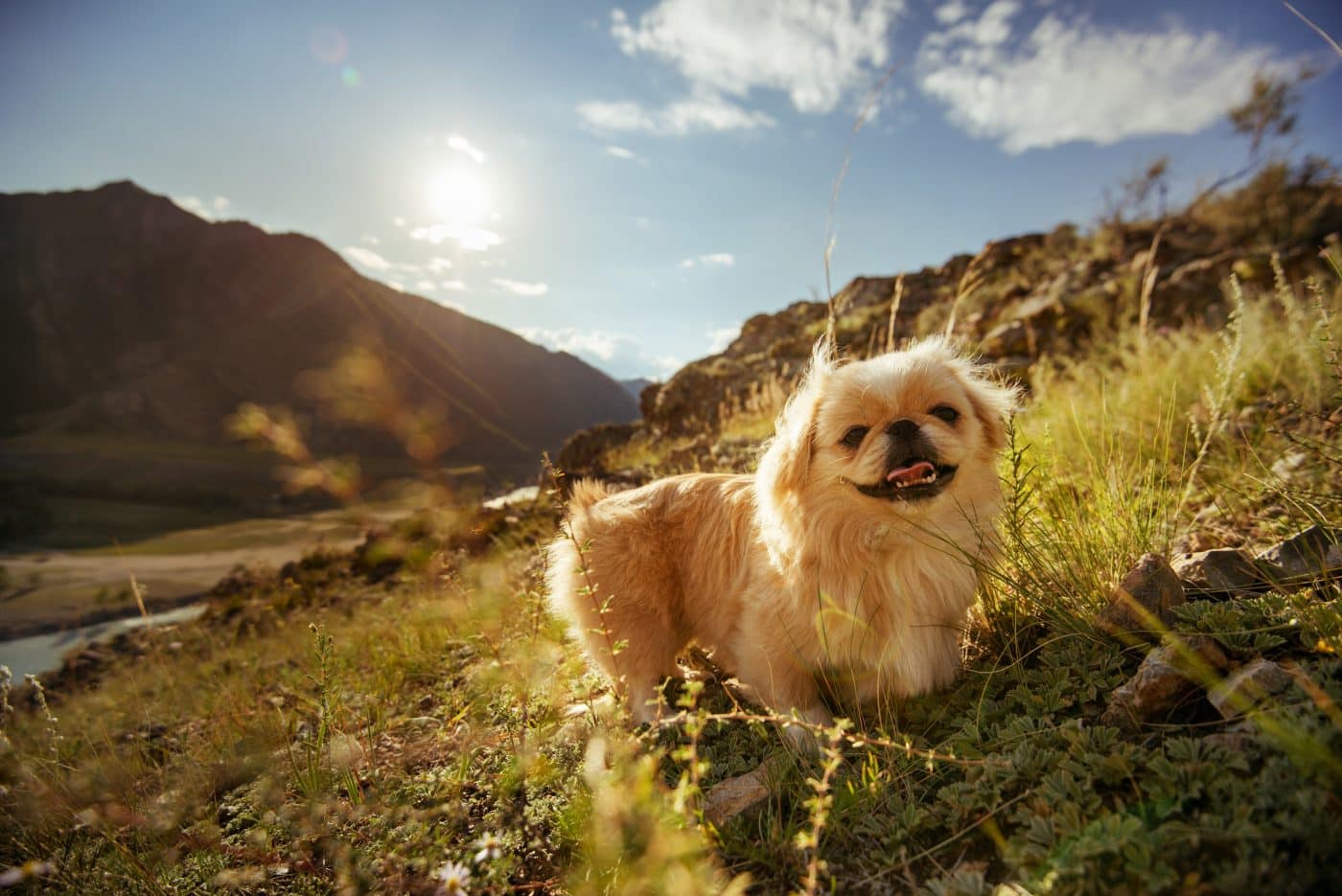 Shutterstock
Shutterstock
The Pekingese were bred to resemble the sacred lions of Chinese folklore and served as a spiritual and physical guardian in imperial courts. These dogs weren’t just cuddly—they were considered protectors of their royal owners, trained to bark fiercely and even attack if needed. That fluff was wrapped around a bold and determined little heart. Today they’re more likely to guard your slippers, but their inner palace warrior is always just one dramatic huff away.
Papillon
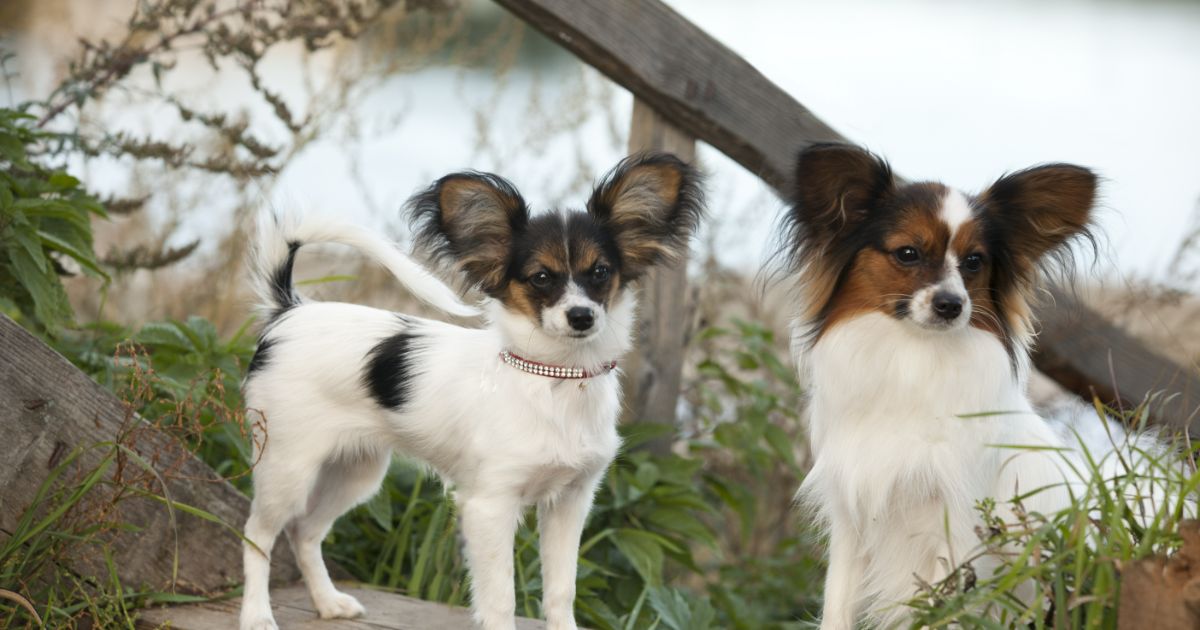 Shutterstock
Shutterstock
With butterfly ears and dainty feet, the Papillon might seem like it’s only ever known brunch and boutique spas. But this elegant toy breed was once a top-tier vermin hunter in European castles. Don’t underestimate the agility, intelligence, and lightning reflexes hidden under all that cuteness. They were bred to chase mice down castle hallways, not just model for oil paintings—though they nailed that job too. Their work ethic just happens to come with a flair for drama.
Poodle
 Shutterstock
Shutterstock
Most people assume the Poodle’s iconic haircut is a high-fashion statement, but it has practical working origins. Standard Poodles were water retrievers in Germany, and their coats were trimmed to help them swim better while still protecting their joints and organs from cold water. These dogs were diving into lakes, fetching ducks, and pulling their weight (literally) on hunts. They’ve traded swamps for salons, but their intelligence and athleticism haven’t gone anywhere. They’re just working smarter, not harder.
Maltese
 Shutterstock
Shutterstock
The Maltese may look like it was born for spa days and afternoon tea, but this breed was once a skilled rodent hunter aboard ships and in ancient port cities. Lightweight, fast, and surprisingly fearless, they were trusted to keep food stores rat-free and morale high. Their white coat wasn’t just fancy—it helped them stand out on deck during busy cargo operations. Now they prefer hardwood floors to ship decks, but don’t be surprised if they still stalk dust bunnies with intense focus.
Chihuahua
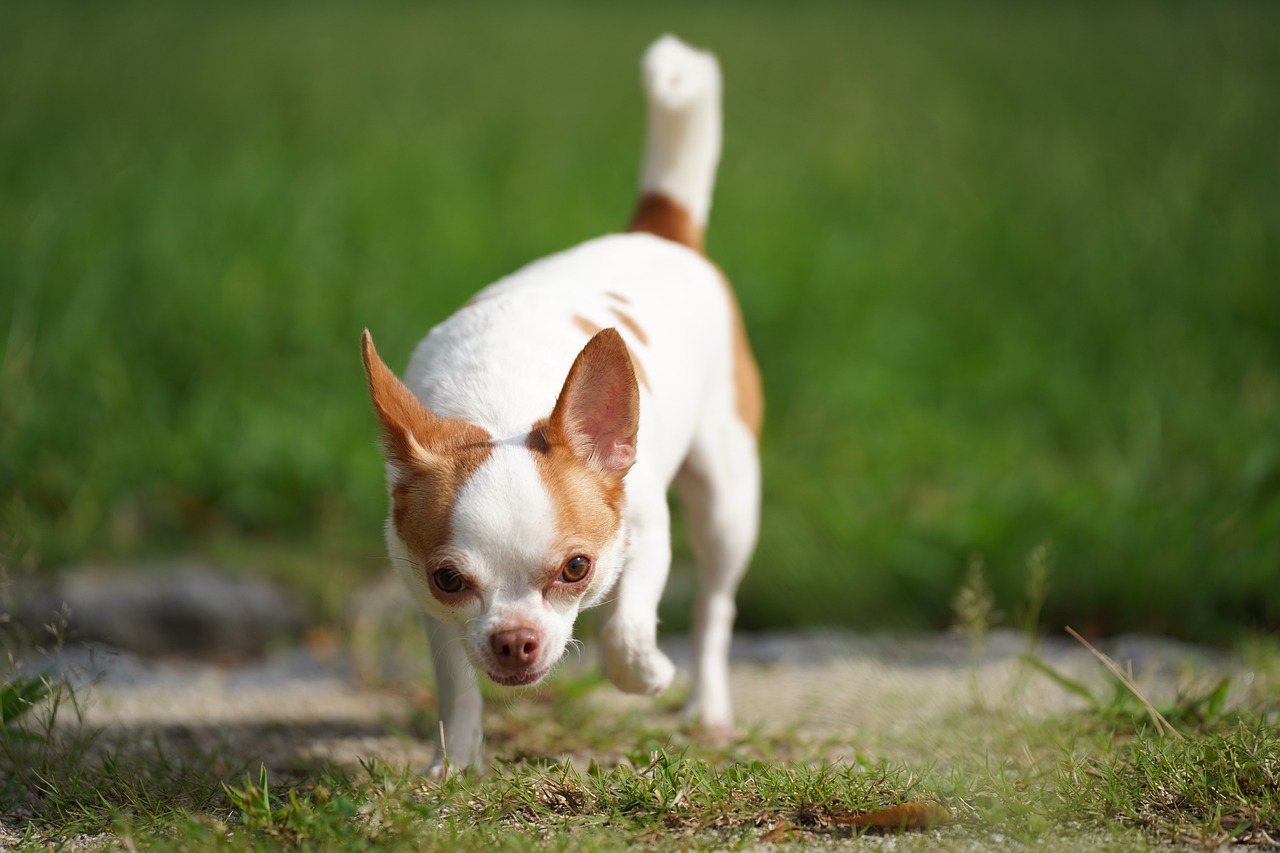 Shutterstock
Shutterstock
These tiny titans were considered sacred by the ancient Toltec and Aztec civilizations. While they weren’t herding sheep or pulling carts, Chihuahuas served as spiritual protectors and alert dogs, often guarding temples and royal chambers. They were believed to guide souls in the afterlife, which is arguably a pretty important job. Their fearless nature and sharp hearing made them small but mighty sentinels. Today, they protect your home from the UPS guy with the same intensity.
Bichon Frise
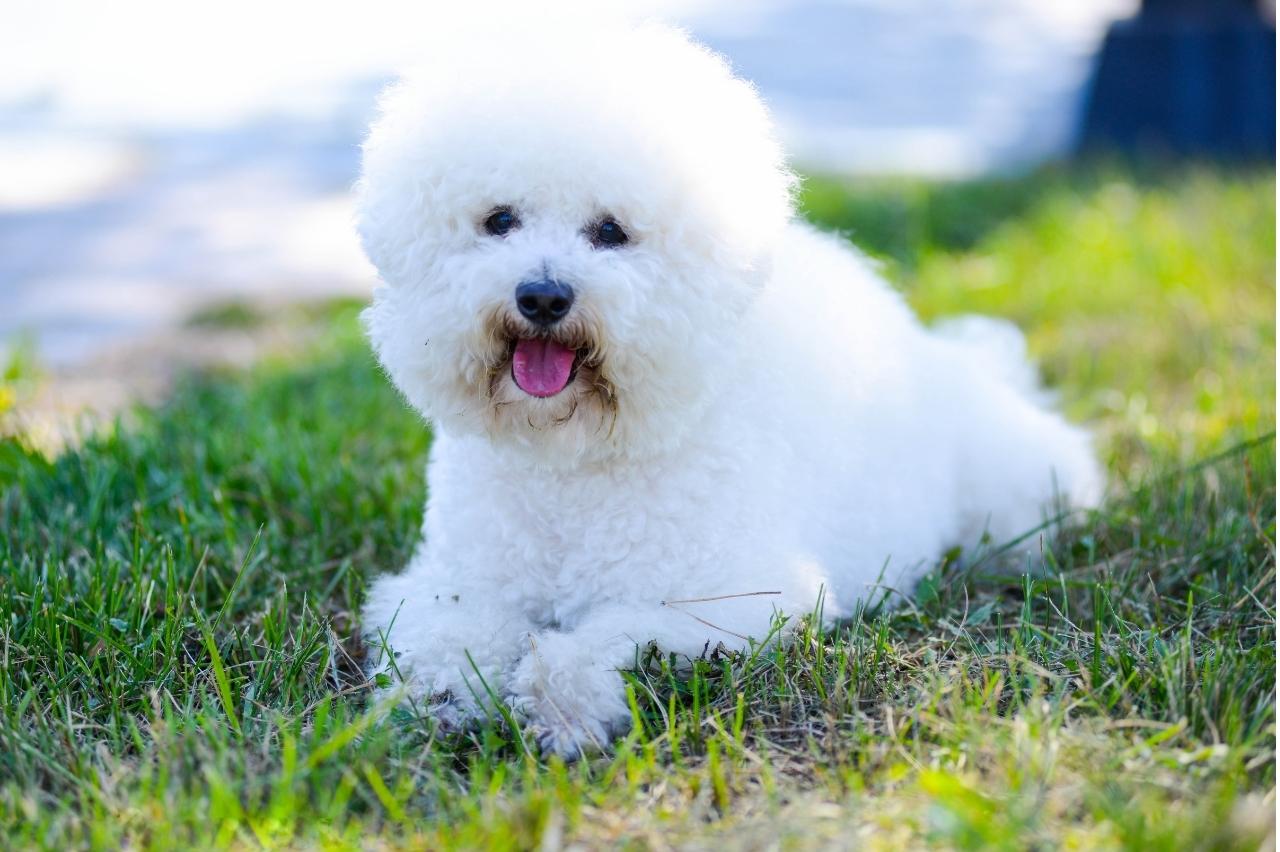 Shutterstock
Shutterstock
Bichons are known for their clownish personalities and puffball aesthetics, but in the 14th century, these cheerful dogs worked on ships, entertaining sailors and guarding small supplies. They were also known for their intelligence and trainability, which made them circus performers and companions to traveling entertainers. Sure, they’re lounging on Instagram now, but they used to earn their treats with real acts. Their sense of showmanship hasn’t changed—they just get better lighting and more applause.
Japanese Chin
 Shutterstock
Shutterstock
Elegant and catlike, the Japanese Chin spent centuries as a noble companion in Japanese and Chinese imperial courts. While that sounds like a purely pampered life, they were also trusted to serve as early warning systems inside royal households. Their alertness, keen hearing, and tendency to bond closely with their humans made them ideal little guardians of quiet palace spaces. Today they may prefer velvet cushions, but you’ll still catch them patrolling the living room with silent judgment.
Brussels Griffon
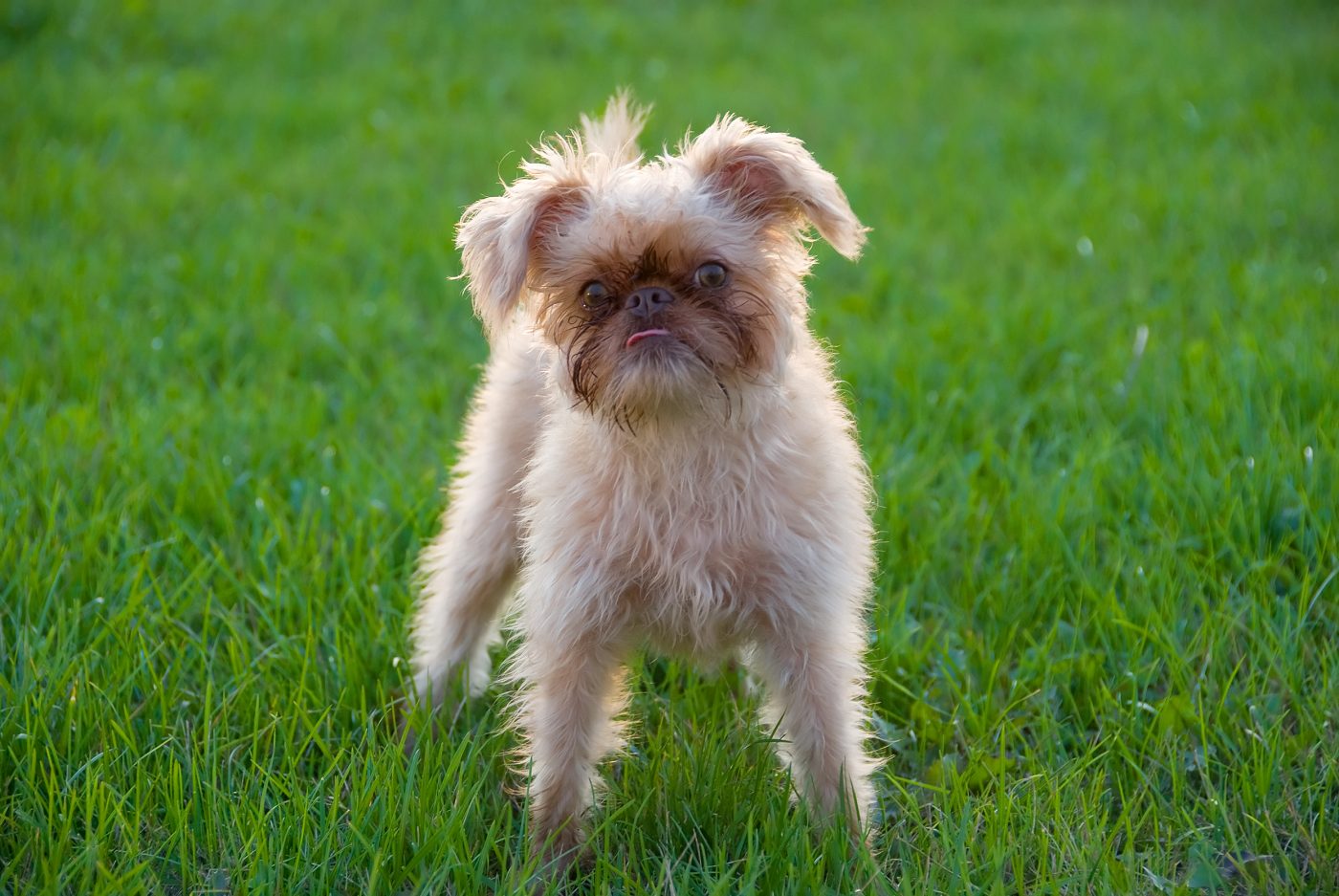 Shutterstock
Shutterstock
With a face that looks permanently unimpressed, the Brussels Griffon used to keep Belgian stables and kitchens free of rats. Bred to be tenacious and clever, they were like little four-legged pest control units with excellent facial expressions. Their expressive mugs won over the nobility, eventually elevating them from barns to drawing rooms—but they never forgot their roots. They’re still scrappy, still stubborn, and probably still ready to square up with the vacuum cleaner.
Pug
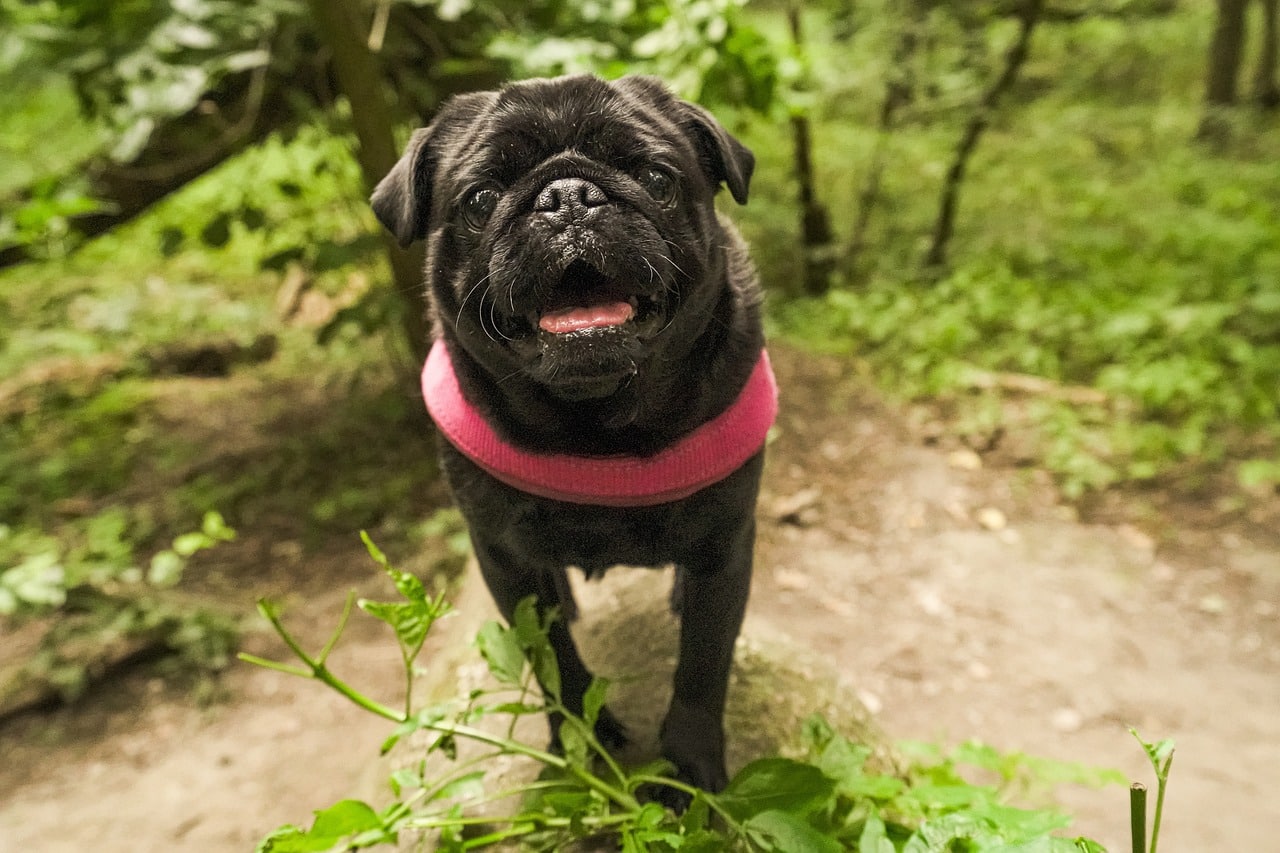 Shutterstock
Shutterstock
Ah, the pug—smushed face, snorty charm, and a history that goes way beyond just being a royal lapdog. In ancient China, Pugs were bred to sit beside emperors and keep watch during long palace meetings. They were alert, intuitive, and believed to sense bad intentions, making them tiny bodyguards with major responsibilities. That wrinkled brow wasn’t always about cookies—it once carried the weight of national security (kind of). These days, they guard the couch with equal dedication.
These Pups Got Fired For Being Too Cute
 Shutterstock
Shutterstock
Once upon a time, these dogs had jobs—real ones that required grit, muscle, and more hustle than a coffee-fueled intern. They hunted pests, guarded royalty, herded livestock, retrieved games, and pulled carts like champs. Their resumes were stacked with impressive, paws-on experience. But somewhere along the timeline, their fierce work ethic got swapped out for fluffier coats, Instagram fame, and an uncanny ability to guilt you into giving them one more treat. Now they’re professional loungers, snack influencers, and living proof that early retirement can look adorable.

 21 hours ago
5
21 hours ago
5

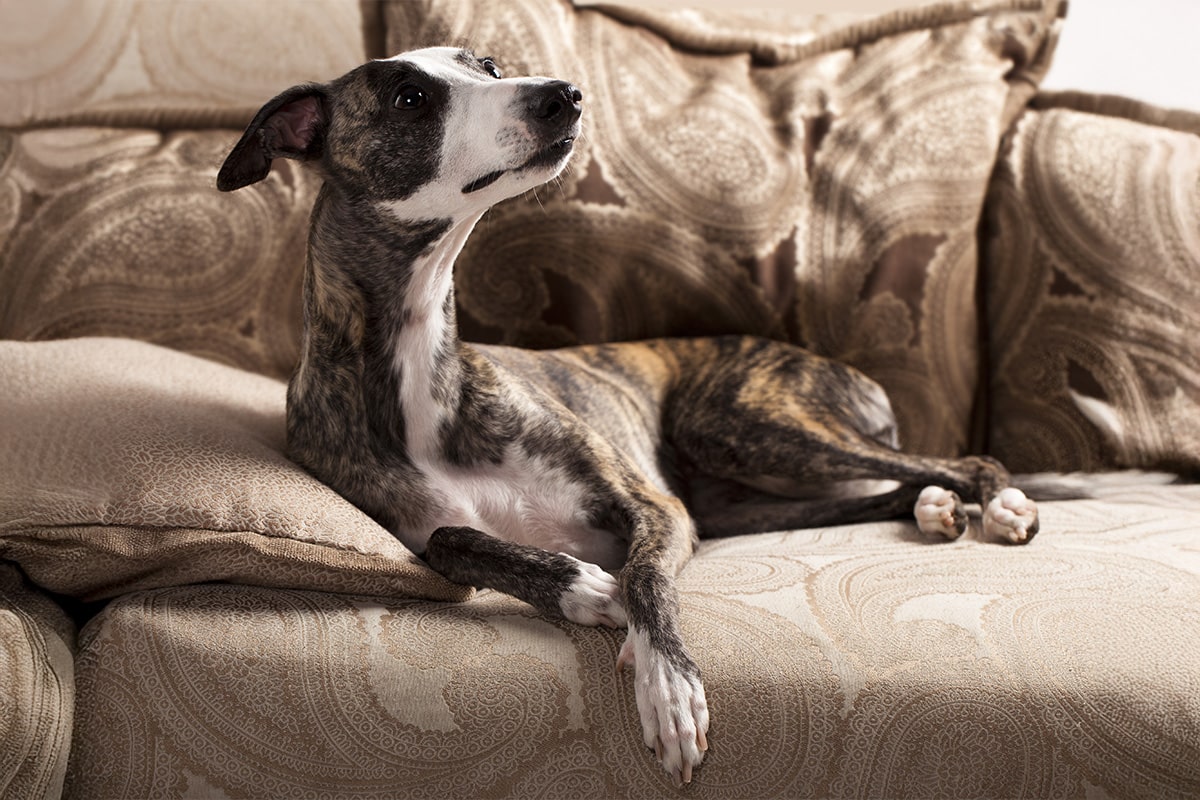

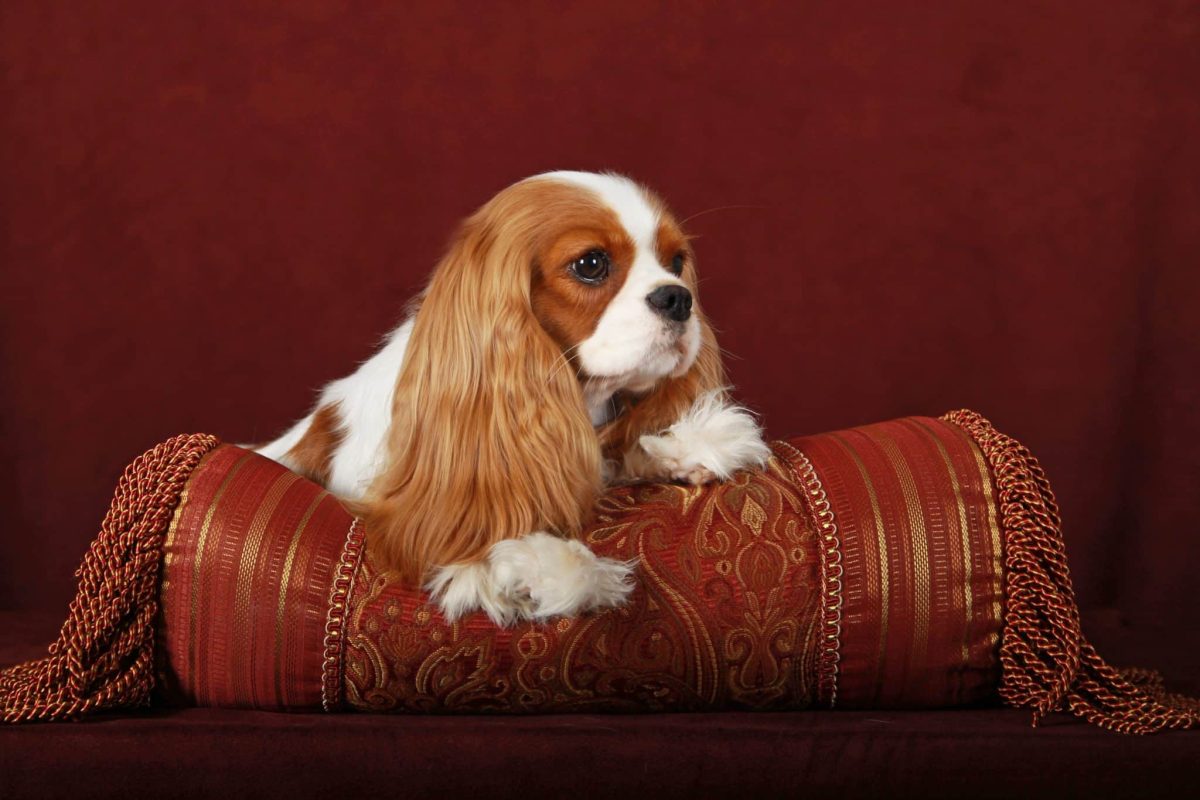
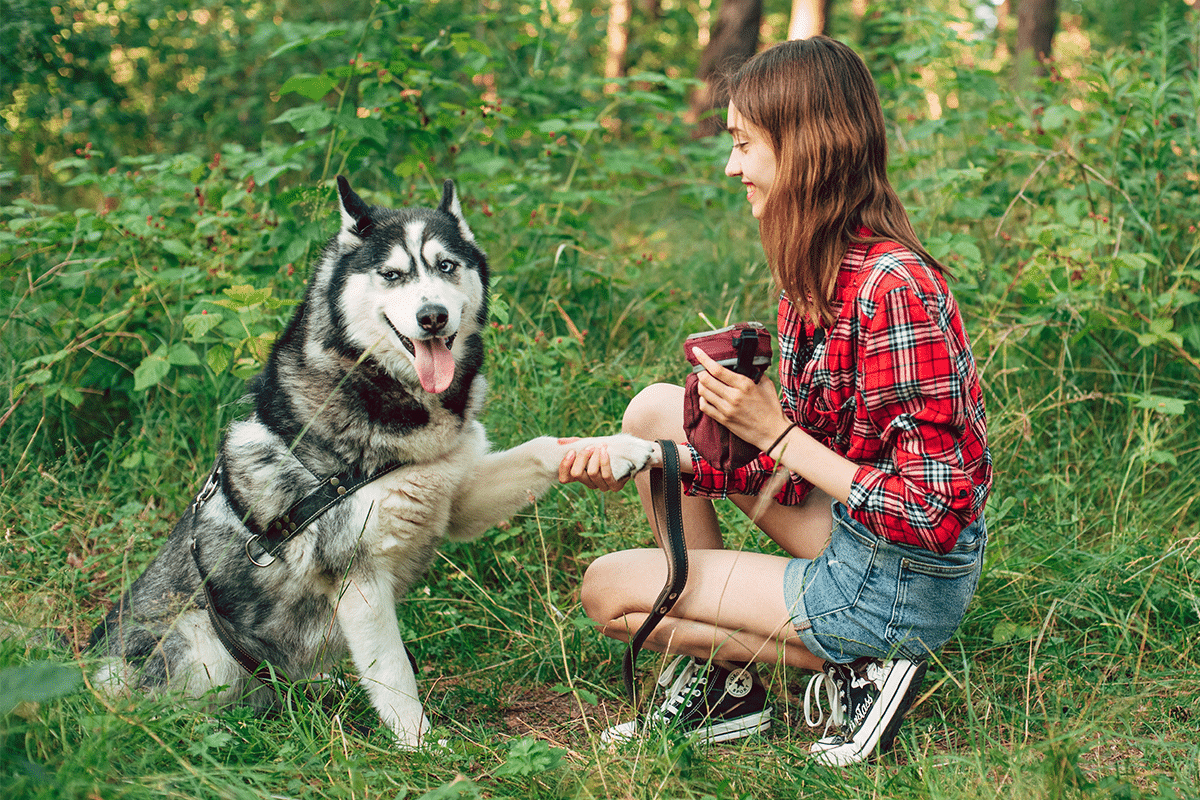

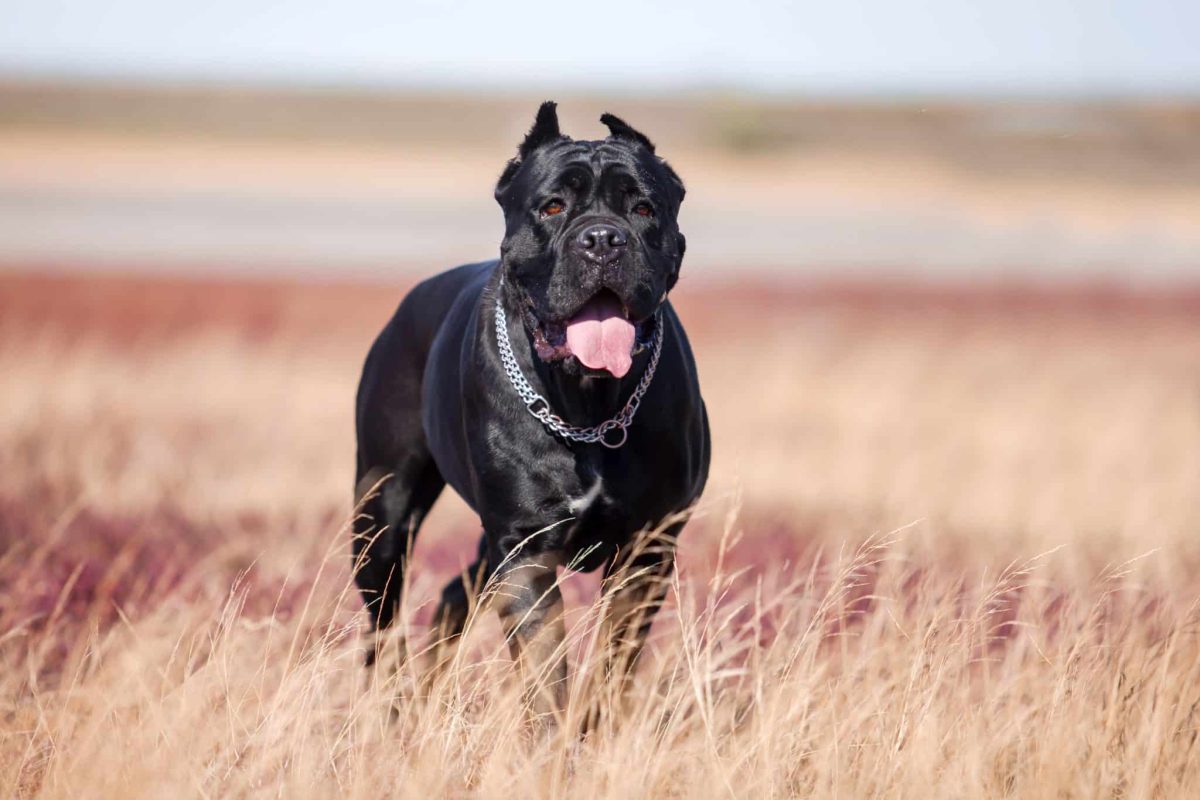
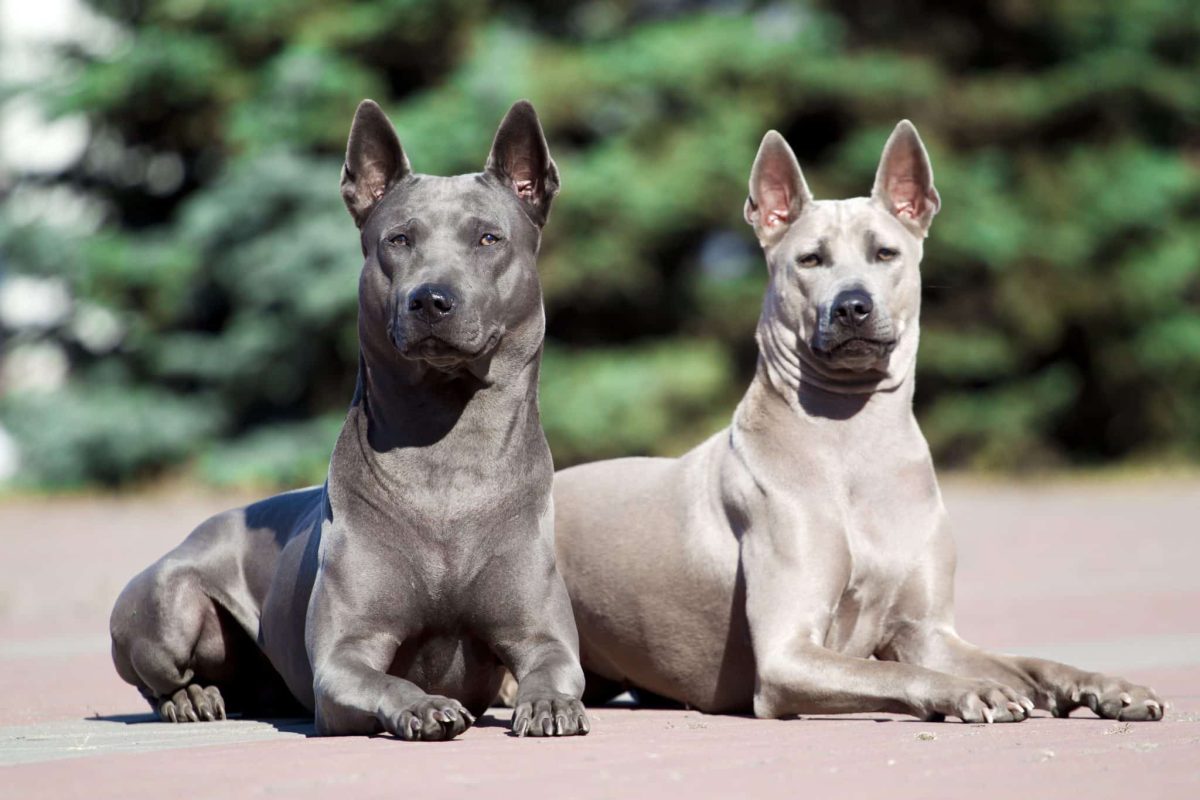
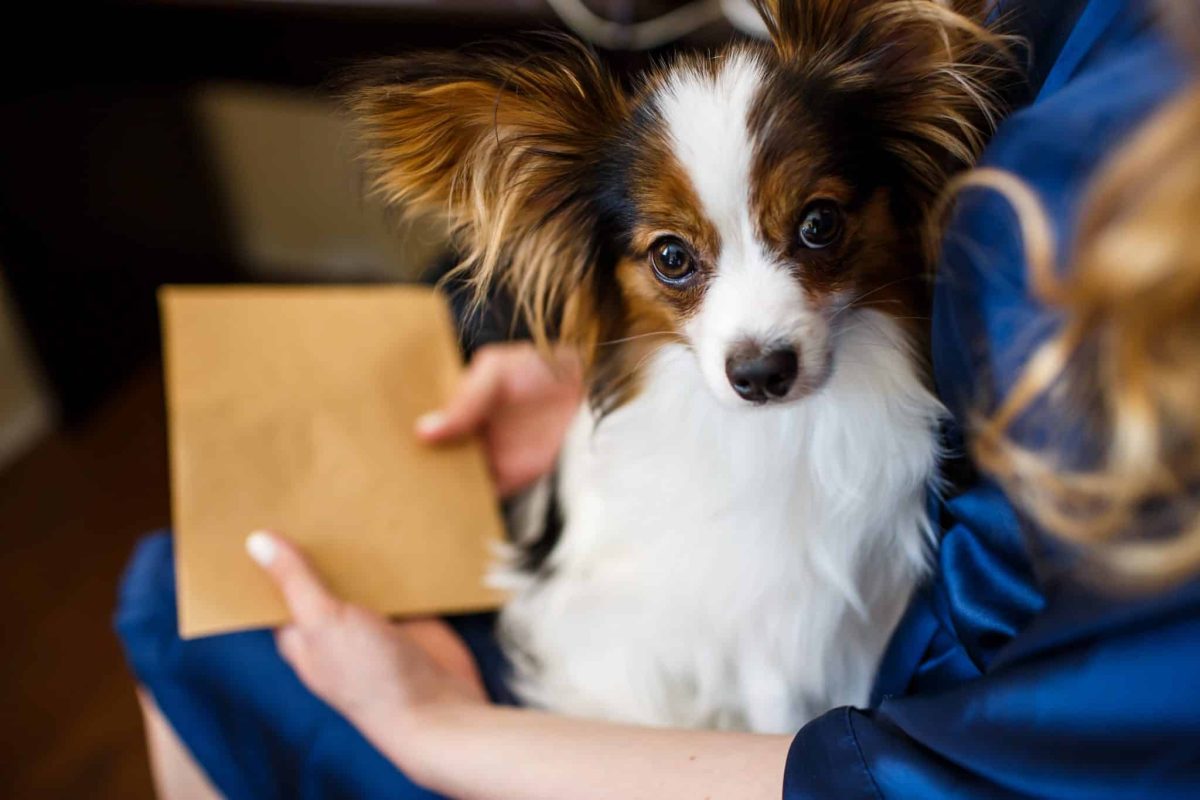









 English (US) ·
English (US) ·